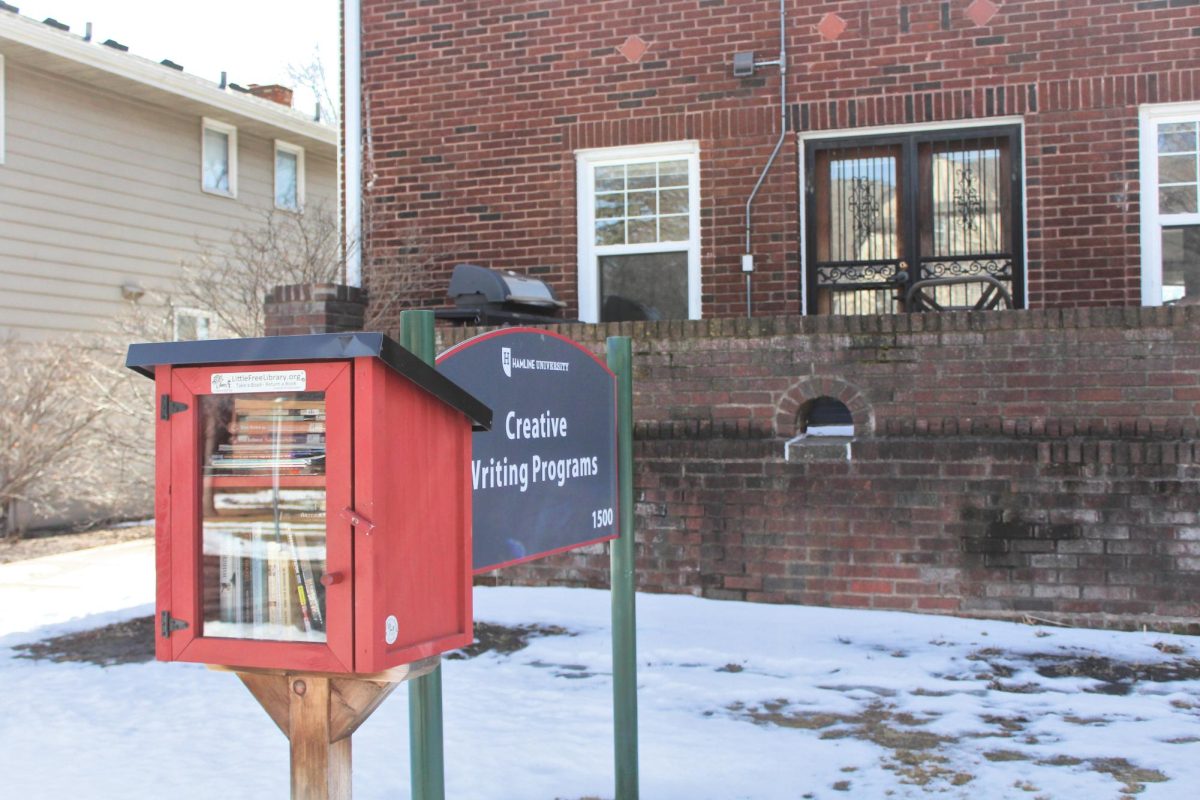In recent years, many communities worldwide have focused on promoting sustainability and environmental consciousness. The transition towards eco-friendly practices is seen as a promising way to create a more sustainable future. However, the financial implications of going green are often overlooked. While green alternatives have long-term benefits, they come with significant upfront costs, raising concerns about their affordability and accessibility.
You’ll find out why it can cost more to go green, and the different reasons that contribute to the higher costs of eco-friendly options, like the cost of materials, labor, and technology. At the same time, I’ll introduce the long-term benefits of being eco-friendly, such as saving energy, reducing waste, and improving health outcomes. By discussing the challenges and benefits of green alternatives, you can get a better idea of the financial implications of eco-friendly practices.
It shows how important it is to prioritize sustainability and environmental awareness while recognizing the financial realities that individuals and communities face. After all, spending money as college students on something not for college doesn’t seem like smart financial decisions.
Green Technology
Minnesota is a great place to go green, thanks to its abundance of natural resources and a growing awareness of the importance of protecting the environment. However, one of the primary challenges that Minnesotans face when they try to go green is the high cost of green technologies and renewable energy sources. For example, installing solar panels or wind turbines on a property requires a significant initial investment.
While these energy sources offer the potential for long-term savings and reduced energy costs, the upfront costs can be prohibitive for many households and businesses. Moreover, the installation process can be complex and may require professional assistance. The adoption of electric vehicles (EVs) is another way Minnesotans can reduce their carbon footprint, but the high purchase price of these vehicles can be a barrier for many.
Compared to traditional gasoline-powered cars, EVs often come with a higher purchase price, even though they can save money in the long run through lower fuel and maintenance costs. Additionally, the availability of EV charging stations across Minnesota can be limited, making it difficult for some individuals to access charging facilities.
Green Building and Construction
The construction industry in Minnesota is facing higher costs as it shifts towards green building practices. Although sustainable building materials and techniques such as energy-efficient insulation, recycled materials, and green certifications like LEED can lead to long-term savings in energy costs, they often come with a premium price tag.
These additional expenses can discourage developers from prioritizing green building, especially in areas where affordable housing is already a challenge. The upfront financial burden remains a significant obstacle, despite the long-term benefits of these green practices.
Agricultural
Minnesota’s agriculture industry is a vital sector for the state’s economy. However, with the growing concern for the environment, the adoption of eco-friendly farming practices is becoming increasingly popular. These sustainable practices, such as organic farming methods, cover cropping, and no-till farming, require significant investments in new equipment, technologies, and training.
Organic farming methods involve the use of natural fertilizers and pest control methods instead of synthetic ones. While this practice is environmentally friendly, it is more expensive than the use of conventional fertilizers and pesticides. The cost of organic farming can impact farmers’ profit margins, especially small farmers.
Cover cropping is another sustainable farming practice that involves planting specific crops to cover the soil, preventing erosion, and improving soil health. However, this practice requires specialized equipment, such as seeders and rollers, that can be costly.
No-till farming is a technique that reduces soil disturbance by planting seeds directly into the soil without tilling. This practice helps to maintain soil moisture, reduce soil erosion, and conserve soil health. However, it requires specialized equipment that is more expensive than the equipment used in conventional tillage.
Long-Term Benefits
Although the initial costs may be higher, choosing eco-friendly options in Minnesota has many long-term benefits such as reducing carbon emissions, improving air and water quality, and promoting public health (Minnesota Department of Health, 2023). Additionally, green technology can lead to lower energy bills and maintenance costs over time.
To reduce the financial barriers associated with going green, state and local governments can offer incentives and subsidies to encourage the adoption of sustainable practices. These measures can help make eco-friendly choices more accessible and affordable for all Minnesotans.
Conclusion
Going green in Minnesota can be more expensive than traditional methods because of the higher costs associated with green technologies, building practices, and agricultural methods. But it’s important to consider the benefits of a sustainable future in the long run, like saving money and preserving the environment.
Policymakers have a significant role to play in encouraging the use of green practices so that everyone in Minnesota can contribute to and benefit from a cleaner, greener state. By addressing financial obstacles and providing assistance where needed, Minnesota can lead the way in creating an affordable fair, sustainable future.
References
Minnesota Department of Agriculture. (2023). Sustainable agriculture in Minnesota. (https://www.mda.state.mn.us/sustainable-agriculture)Minnesota Department of Health. (2023).
Public health and environmental health. (https://www.health.state.mn.us/environment)Minnesota Green Path. (2023).
Green building practices. (https://www.mngreenpath.org/)Minnesota Pollution Control Agency. (2023).
Electric vehicles and transportation. (https://www.pca.state.mn.us/air/cleaning-air-minnesota/electric-vehicles)
U.S. Department of Energy. (2022). Renewable energy technologies. (https://www.energy.gov/renewable-energy)








